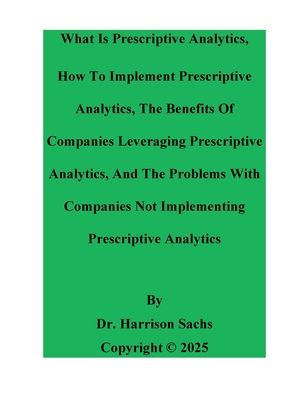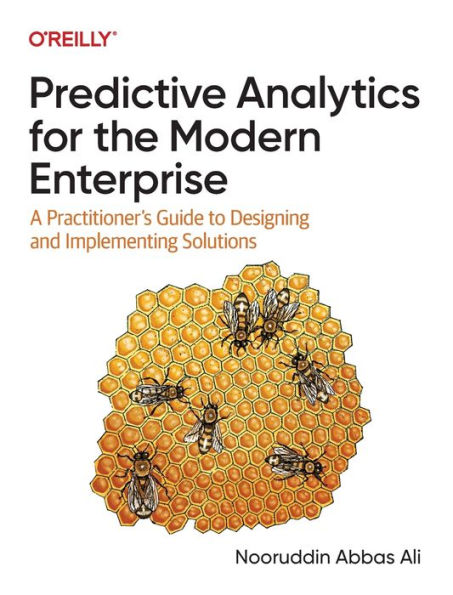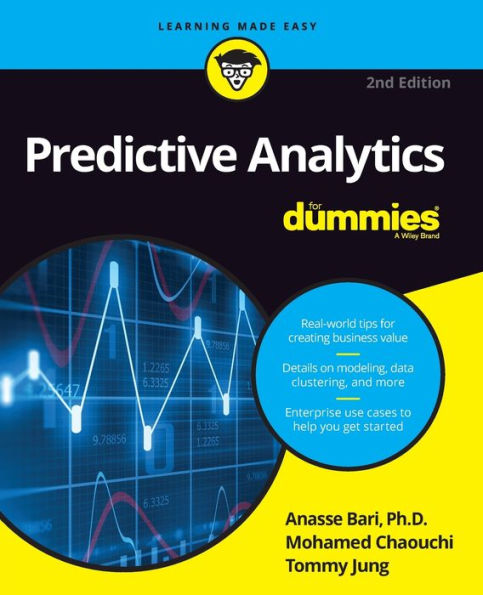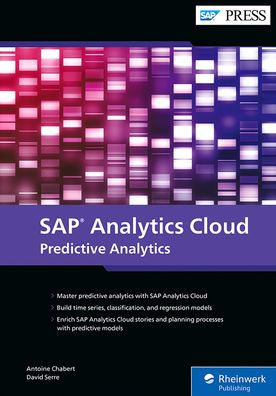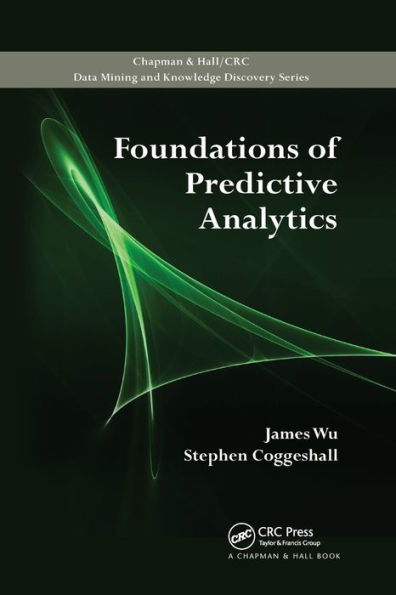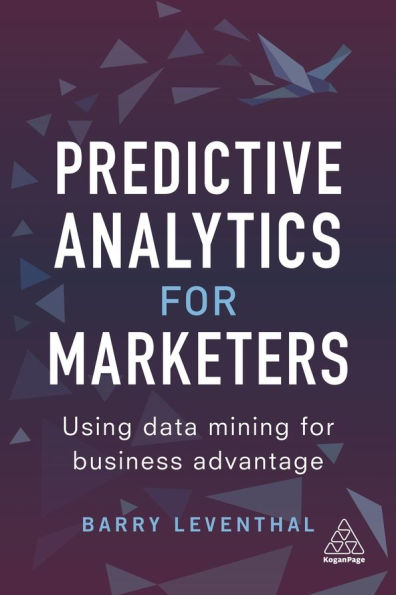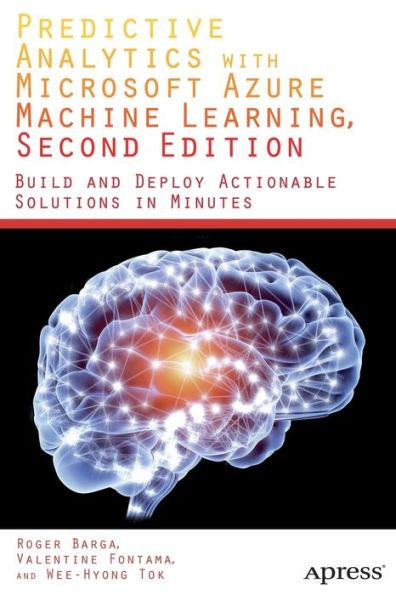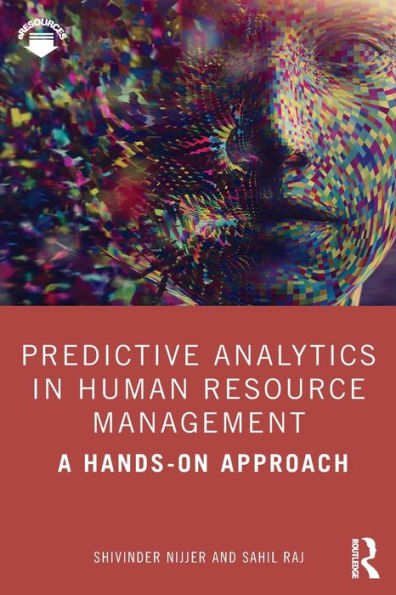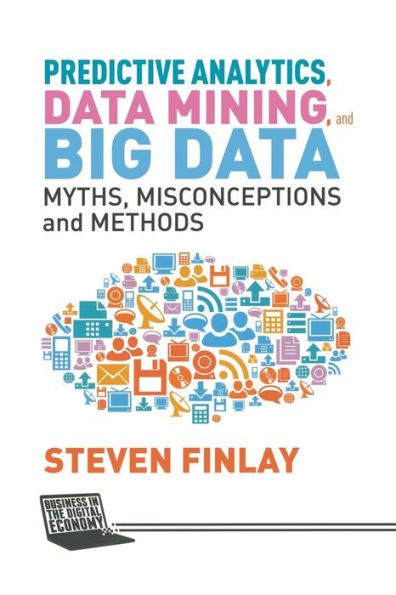Home
What Is Predictive Analytics, How To Implement And The Benefits Of Leveraging Analytics


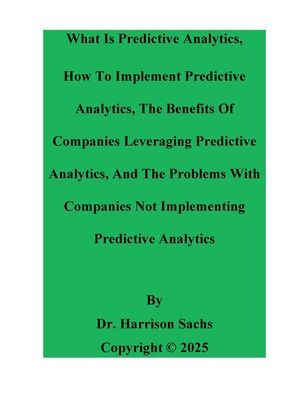
What Is Predictive Analytics, How To Implement And The Benefits Of Leveraging Analytics in Bloomington, MN
Current price: $21.99
Loading Inventory...
Size: Paperback
This essay sheds light on what is predictive analytics, demystifies how to implement predictive analytics, delineates the benefits of companies leveraging predictive analytics, and expounds upon the problems with companies not implementing predictive analytics. Succinctly stated, predictive analytics is deemed to be "a type of data analytics" that refers to the practice of harnessing "statistical techniques and modeling techniques to forecast future outcomes. Statistical techniques and modeling techniques" can be leveraged to not only ascertain patterns in the data, but to also extrapolate future patterns in the data. Engaging in predictive analytics can render it possible for companies to forecast their future performance. Companies should aim to forecast their sales volume, sales revenue, and net income to better inform their strategic planning decision-making. Engaging in sales forecasting can render companies at a higher probability to better manage their inventory levels, research and development budgets, and sales personnel. Engaging in predictive analytics can be an act of prudence since it can render it possible for companies to forecast future outcomes at a high level of accuracy in contexts in which the data that is meticulously analyzed by predictive models to generate forecasts is characterized by validity and reliability. Even though engaging in predictive analytics can render it possible for companies to forecast future outcomes at a high level of accuracy, there is, however, no guarantee that the future outcomes elicited from engaging in predictive analytics will be actualized in the pending future. This is because the future is enigmatic and obscured behind a penumbra of time. Engaging in predictive analytics can demystify insights appertaining to patterns in the data. Furthermore, engaging in predictive analytics can also provide insights into the likelihood that past patterns will reoccur. A myriad of "statistical techniques and modeling techniques" can be leveraged to detect patterns in the data and forecast future patterns in the data. Engaging in predictive analytics cannot only detect patterns in the data and forecast future patterns in the data, but can also aid companies in implementing strategic planning decisions on a short time-horizon or long time-horizon. It is a viable feasibility for companies to implement predictive analytics. Implementing predictive analytics is simply a matter of identifying business objectives and subsequently inputting a sizeable amount of germane data into datasets for predictive modeling purposes before harnessing predictive modeling techniques to generate forecasts. Some of the disparate types of predictive models encompass "parametric and non-parametric models". The types of parametric models encompass "regression models, time series models, classification models, and clustering models". Some of the different types of non-parametric models encompass "decision tree models and neural network models". The utilization of predictive modeling techniques is able to elicit forecast future patterns in the data. The efficacy of the application of predictive modeling techniques is predicated upon the validity and reliability of the data that is meticulously analyzed by predictive models to generate forecasts. If the data that is meticulously analyzed by predictive models to generate forecasts is characterized by validity and reliability, then the forecasts that are generated by predictive models are at a higher probability to yield a high level of accuracy. It is imperative that the data that is meticulously analyzed by predictive models to generate forecasts is characterized by validity and reliability. The process of data cleaning can be applied to a database in order to jettison inaccurate raw data from a database. Databases should not be bastions for inaccurate raw data. The data that is meticulously analyzed by predictive models to generate forecasts is often derived from databases. If the data that is meticulously analyzed by predictive models to generate forecasts is devoid of validity and reliability, then the forecasts generated by predictive models are at a higher probability to be characterized by invalidity and unreliability. The benefits of companies leveraging predictive analytics are multitudinous. The benefits of companies leveraging predictive analytics extends beyond the ambit of it aiding them in forecasting sales. Another benefit of companies leveraging predictive analytics encompasses it being able to aid them in managing their inventory. Companies should aim to maintain optimal inventory levels. Companies should produce products in sufficient quantities to satisfy sizeable customer demand for them. Maintaining optimal inventory levels can aid companies in amplifying their sales volume, sales revenue, and net income.
